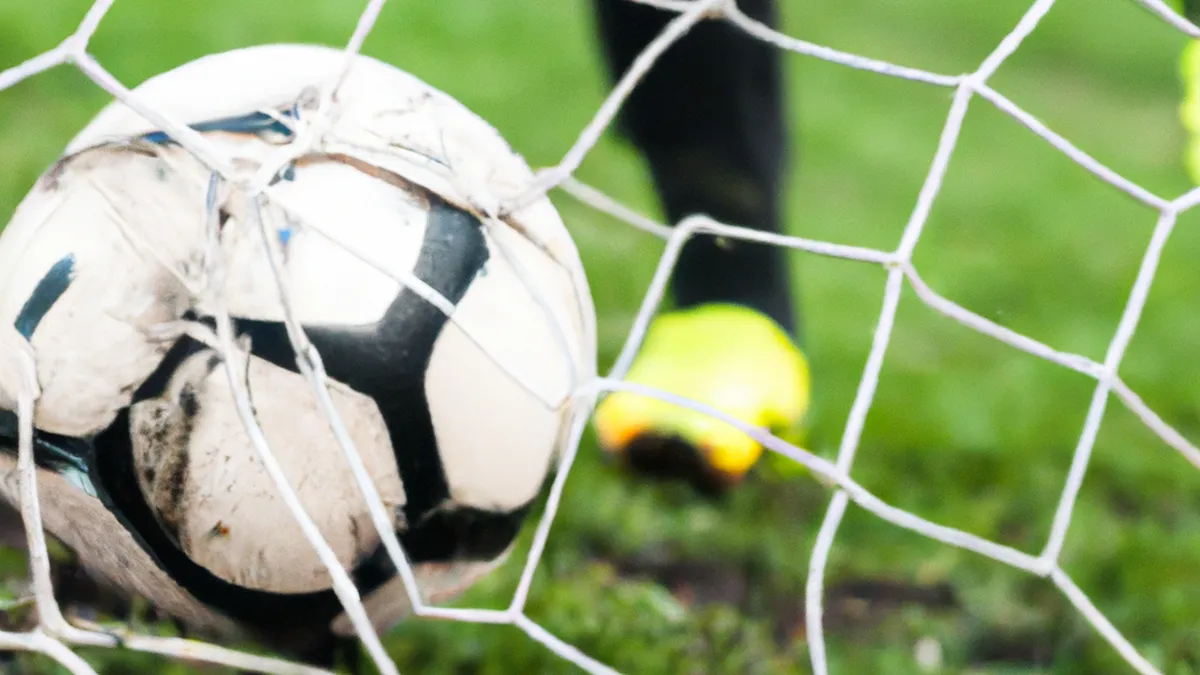Reduce Injury Risks through HRV Awareness
Understanding HRV and Overtraining SyndromeHeart Rate Variability (HRV) helps athletes and fitness enthusiasts assess cardiovascular health and recovery status. It measures time variations between heartbeats, indicating autonomic nervous system balance. Many athletes use HRV to evaluate recovery levels related to training loads. Overtraining syndrome (OTS) occurs when training intensity surpasses the body’s recovery ability. This blog explores HRV and OTS, offering tips for athletes to monitor their well-being.
What Is Overtraining Syndrome?
Overtraining syndrome results from excessive training without sufficient recovery. It affects athletes’ physical and psychological well-being. Common symptoms include chronic fatigue, reduced performance, mood changes, sleep disturbances, and increased injury risk. Athletes pushing their limits face serious overtraining risks.OTS duration and severity vary among individuals. Some may recover quickly, while others face prolonged issues lasting months or years. Recognizing and intervening early is vital. Ignoring OTS can lead to burnout, anxiety, and declining physical health.
The Role of HRV in Monitoring Recovery
As an Amazon Associate I earn from qualifying purchases.
Gear tip: consider white noise machine, aromatherapy diffuser, and sleep mask to support this topic.
HRV serves as a valuable tool for tracking recovery and overall health. It reveals the balance between the sympathetic and parasympathetic nervous systems. Higher HRV indicates good recovery, showcasing the body’s resilience against stressors. Conversely, lower HRV often signals stress, fatigue, or overtraining.Athletes can track HRV daily for a clear recovery status. Monitoring HRV enables informed training decisions, helping prevent overtraining.
How to Measure HRV
Measuring HRV is straightforward and involves various methods. Athletes can use wearable devices like smartwatches or heart rate monitors with HRV tracking features. Smartphone apps also help analyze HRV through short heart rate recordings.For accurate readings, athletes should follow these guidelines:1. **Consistent Timing:** Measure HRV at the same time daily, ideally upon waking, for a baseline reading. 2. **Standardized Method:** Use a consistent measurement method, whether a specific device or app, for comparability.3. **Avoid Stimulants:** Refrain from stimulants before measuring.
Conclusion
Monitoring HRV helps athletes manage recovery and avoid overtraining, ensuring optimal performance and health.
Below are related products based on this post:
FAQ
What is Overtraining Syndrome?
Overtraining syndrome (OTS) occurs when an athlete’s training intensity exceeds their body’s ability to recover. It can lead to both physical and psychological issues, including chronic fatigue, mood changes, and increased injury risk. Recognizing the signs early is crucial to prevent long-term health problems.
How does HRV relate to recovery?
Heart Rate Variability (HRV) is a key indicator of recovery and overall health, reflecting the balance between the sympathetic and parasympathetic nervous systems. Higher HRV suggests better recovery and resilience to stress, while lower HRV may indicate fatigue or overtraining. Tracking HRV can help athletes make informed training decisions.
What methods can athletes use to measure HRV?
Athletes can measure HRV using wearable devices, such as smartwatches or heart rate monitors, that have HRV tracking capabilities. Smartphone apps can also be effective for analyzing HRV through short heart rate recordings. Consistency in timing and method is essential for accurate readings.















Post Comment